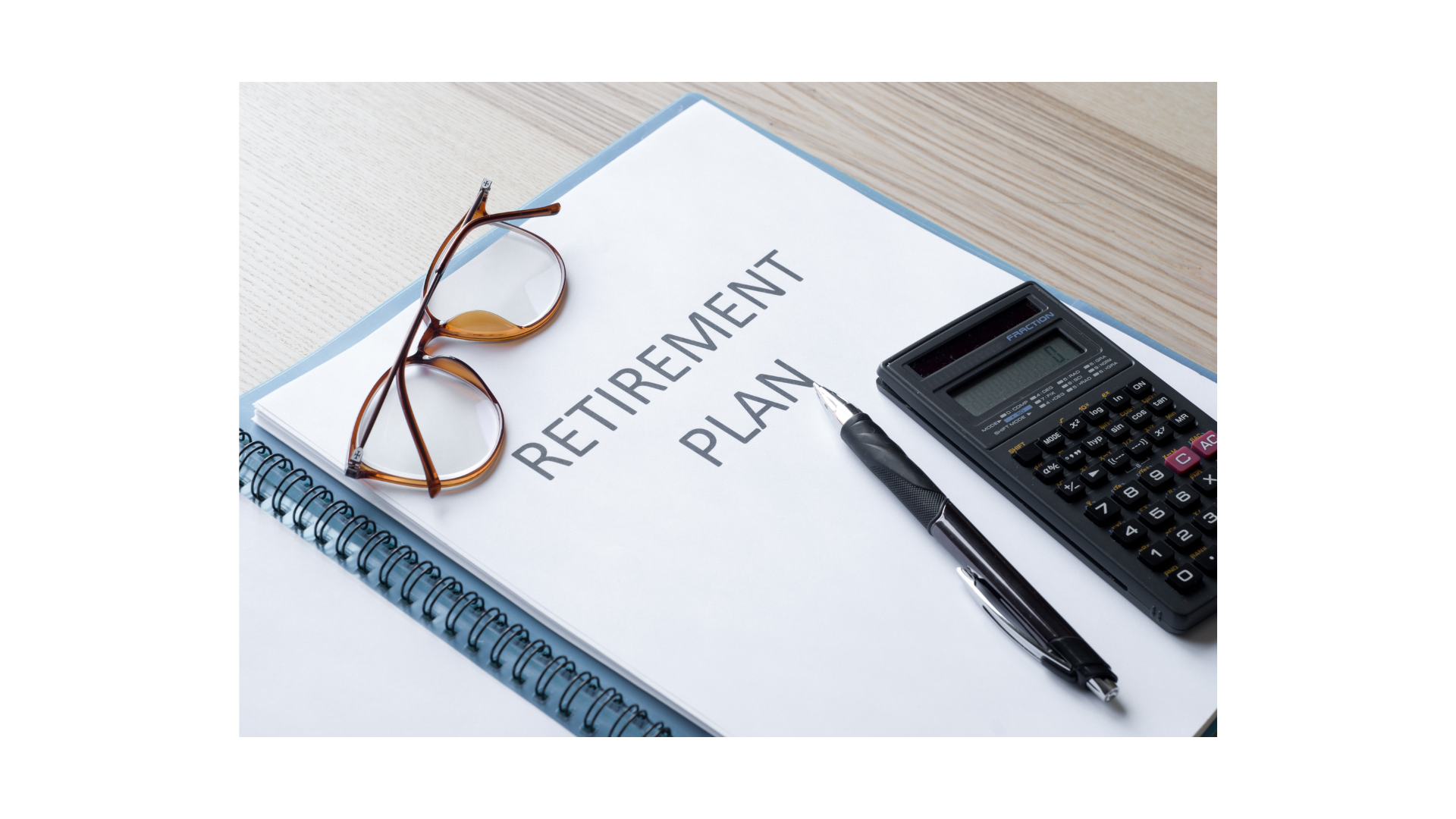Find Your Happy Place
Follow these three tips to help reach a state of happiness on a daily basis.
Do you find that happiness is hard to come by on some days? With all the challenges of the past year, it’s sometimes just easier to find imperfections in everything and let crankiness rule your day. However, if you want to boost your mood and positivity, here are three things you can do to help find your happy place.
“There is no key to happiness; the door is always open.”
– Mother Teresa
Get Moving
If you find yourself grappling with negative thoughts and emotions, getting outdoors and exercising regularly can boost both your health and your mood. Whether you take a walk, ride a bike, or go for a run, aerobic activity releases mood-boosting hormones within your body that ease stress levels and lift your spirits. When your muscles contract repetitively in exercises like jogging, yoga, or swimming, this increases your body’s production of serotonin. Increased levels of this brain chemical, targeted by many antidepressants, are linked to a happier mood.
Health experts suggest at least 30 minutes of moderate-intensity exercise five days a week or a vigorous 20 minutes three times a week. You can even start small — a brief 15-minute walk around the neighborhood may likely put you in a more cheerful mental space.
“Most folks are as happy as they make up their minds to be.”
– Abraham Lincoln
Don’t Overthink
Did you know that the average adult makes more than 35,000 decisions each day? If this sounds mind-boggling (even crazy), you can Google it. Some prominent institutions stand behind it, including a scientific group at Harvard Medical School and Psychology Today. This may be why “decision fatigue” is a real thing. While having lots of choices may sound great, it can be mentally draining. Every day, you choose from a variety of options, from the time you select what to wear in the morning to the time you decide if you’re going to floss or not before bed. Not only do you have to make these decisions, but the choices can often lead to worry and regret — especially not flossing! Practice limiting your choices — and not putting too much pressure on yourself for making those choices. You can ask yourself: “will this decision lead to major, negative consequences?” If it won’t, make a quick choice and move on. Don’t second-guess yourself. Save the heavy-duty reflections for more significant issues that arise.
“I had an unexplained burst of happiness today. My doctor said not to worry, it will go away.”
– Albert Brooks
Embrace the Small Stuff
You get in your car and turn the ignition…and the car battery is dead. You order your favorite latte…and the barista seems like they are doing you the biggest favor in the world. You call a plumber about performing a minor repair…and they laugh at you, saying they are booked three months out. Let’s face it, these annoyances can steal the joy from our day if we let them.
Researchers say one key to happiness is to notice and appreciate the small pleasures in life. Shift your focus from your to-do list and your worries to the little moments of pleasure within your day. Notice the way your dog looks at you when you’re fixing breakfast. Enjoy the sound of someone laughing at something funny you said. Take in the smell of your favorite latte — preferably the one the snooty barista served you. The next time you find yourself fixating on what is going wrong with your day, concentrate instead on what is going right!
This material was created for educational and informational purposes only and is not intended as ERISA, tax, legal or investment advice. If you are seeking investment advice specific to your needs, such advice services must be obtained on your own separate from this educational material.
Kmotion, Inc., 412 Beavercreek Road, Suite 611, Oregon City, OR 97045; www.kmotion.com
©2021 Kmotion, Inc. This newsletter is a publication of Kmotion, Inc., whose role is solely that of publisher. The articles and opinions in this newsletter are those of Kmotion. The articles and opinions are for general information only and are not intended to provide specific advice or recommendations for any individual. Nothing in this publication shall be construed as providing investment counseling or directing employees to participate in any investment program in any way. Please consult your financial advisor or other appropriate professional for further assistance with regard to your individual situation.


Iowa
4200 University Avenue, Suite 200
West Des Moines, IA 50266
800-677-1529
Securities offered through LPL Financial, Member FINRA/SIPC. Investment advisory services offered through Global Retirement Partners, LLC dba AssuredPartners Financial Advisors, an SEC registered investment advisor. AssuredPartners Financial Advisors and LPL Financial are separate non-affiliated entities.
GRP Advisor Alliance is an independent network of retirement plan focused advisors. GRP Advisor Alliance is not affiliated with or endorsed by LPL Financial.
The financial professionals associated with LPL Financial may discuss and/or transact business only with residents of the states in which they are properly registered or licensed. No offers may be made or accepted from any resident of any other state.









